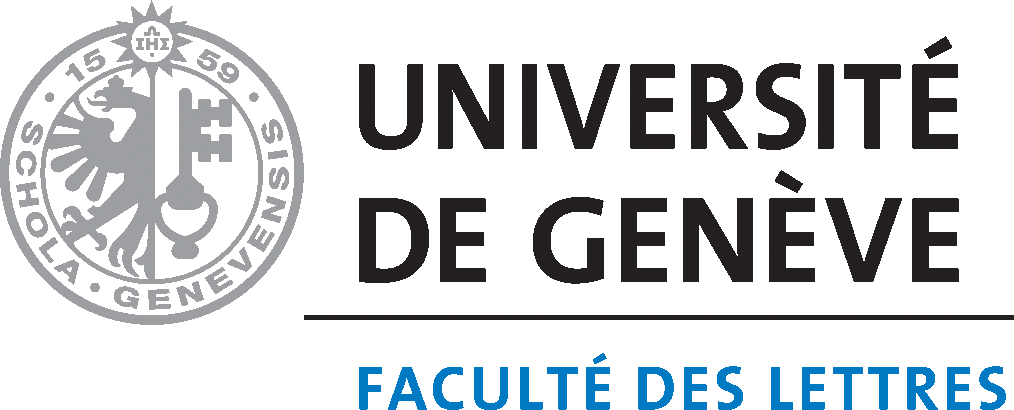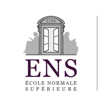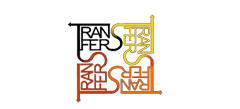Abstract
Angolan history is mainly a history of wars. After the long anti-colonial fight (1961 – 1974) that ended with the independence of the country in 1975, a civil war between the former independence movements started. In the 1980s, Angola was the venue for a proxy war between the Socialist bloc and Western countries, supporting the different protagonists fighting on Angolan territory. After the crumbling of cold war ideologies in 1989, the war continued as a struggle for political hegemony and access to natural resources until 2002, devastating lands, economy and social structures. These historical events might have led to trauma with the utmost probability. Nevertheless, there is no public discourse on the civil war and no reconciliation policy. This might be due to its adjacency, suggesting that traumatising events need several years before being far away enough to be talked about. But still there are some approaches by contemporary artists worth to look at. In this paper I critically explore the perspectives employed by the artists dealing with these topics. My central question is, if art might offer another, maybe even alternative perspective on engagement with the memory of the civil war that goes beyond the normative truth and reconciliation discourse dominant in southern Africa that focuses on forgiveness. Can art be a coherent form to remediate memory or is it actually rather pointing towards the unrepresentability of trauma?
Recommended Citation
Siegert, Nadine. "Aesthetic Autopsy. Collective Memory and Trauma in Contemporary Art from Angola." Artl@s Bulletin 7, no. 1 (2018): Article 7.






